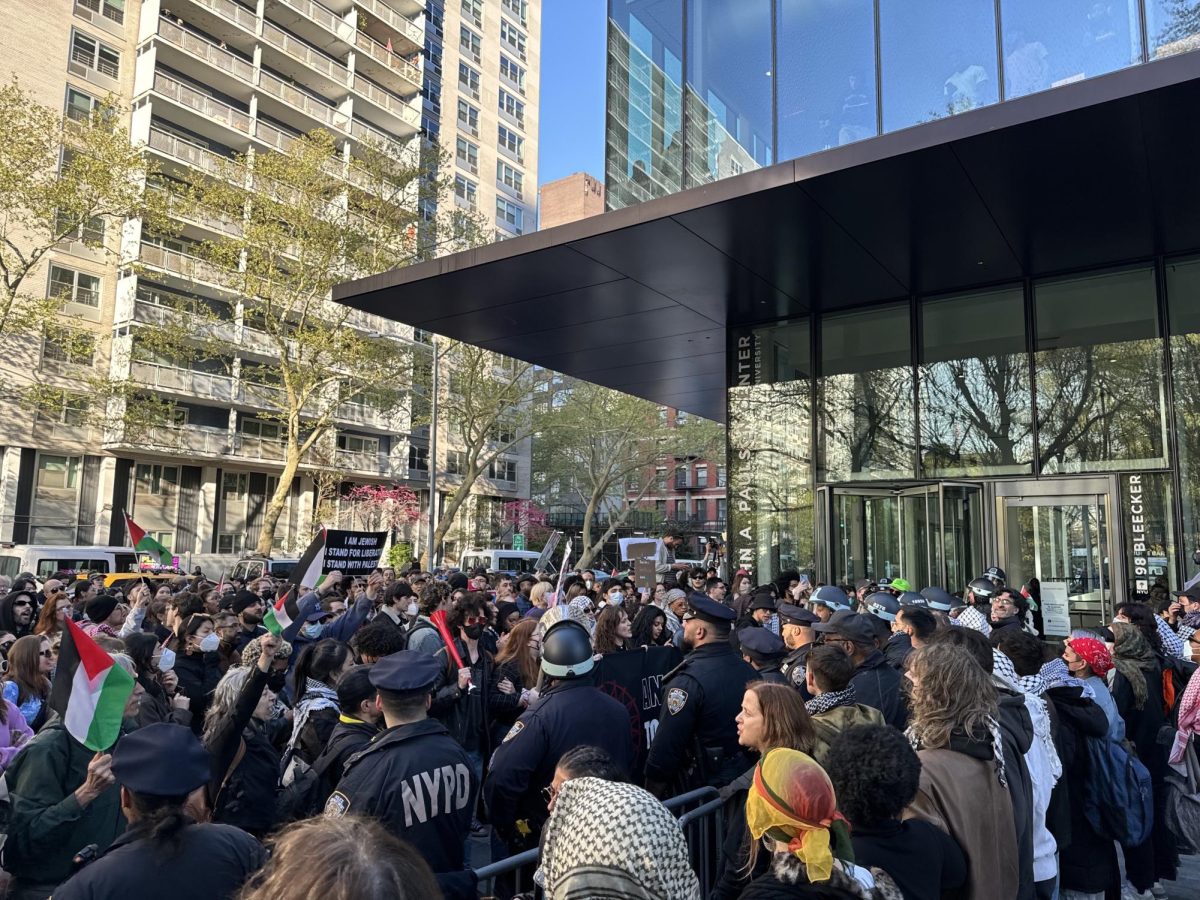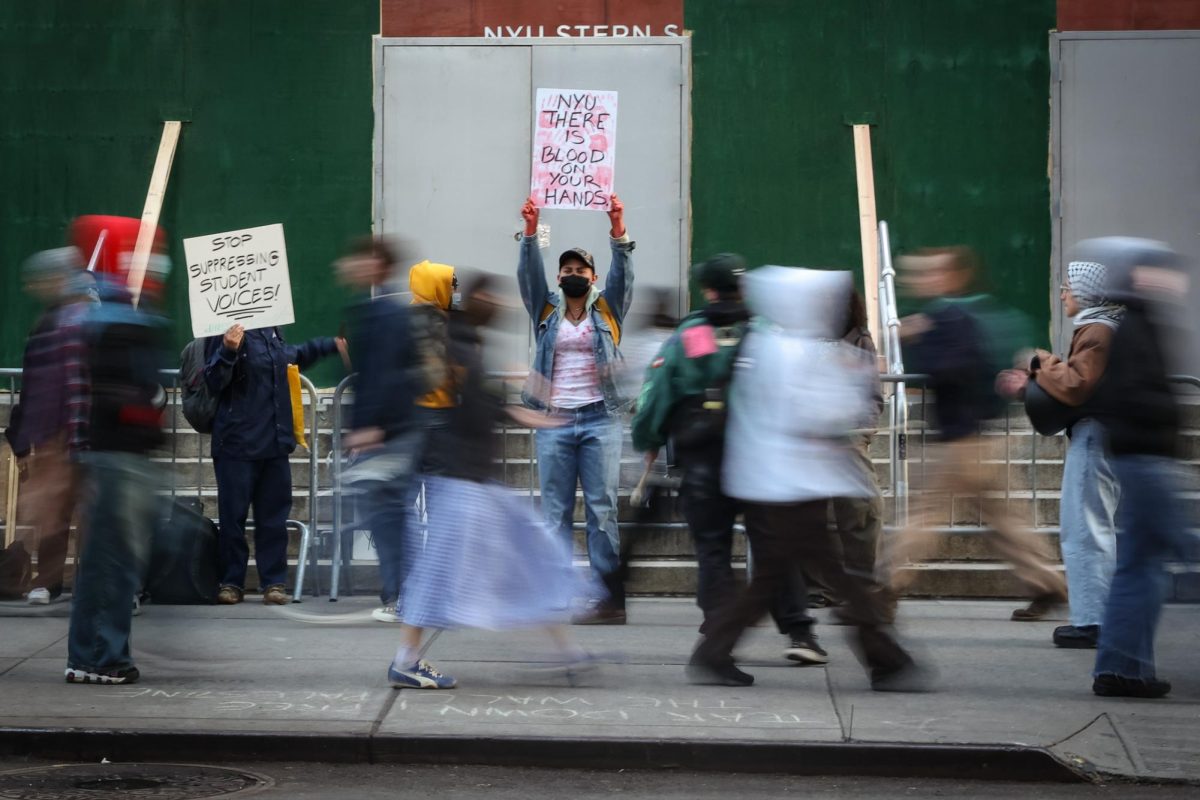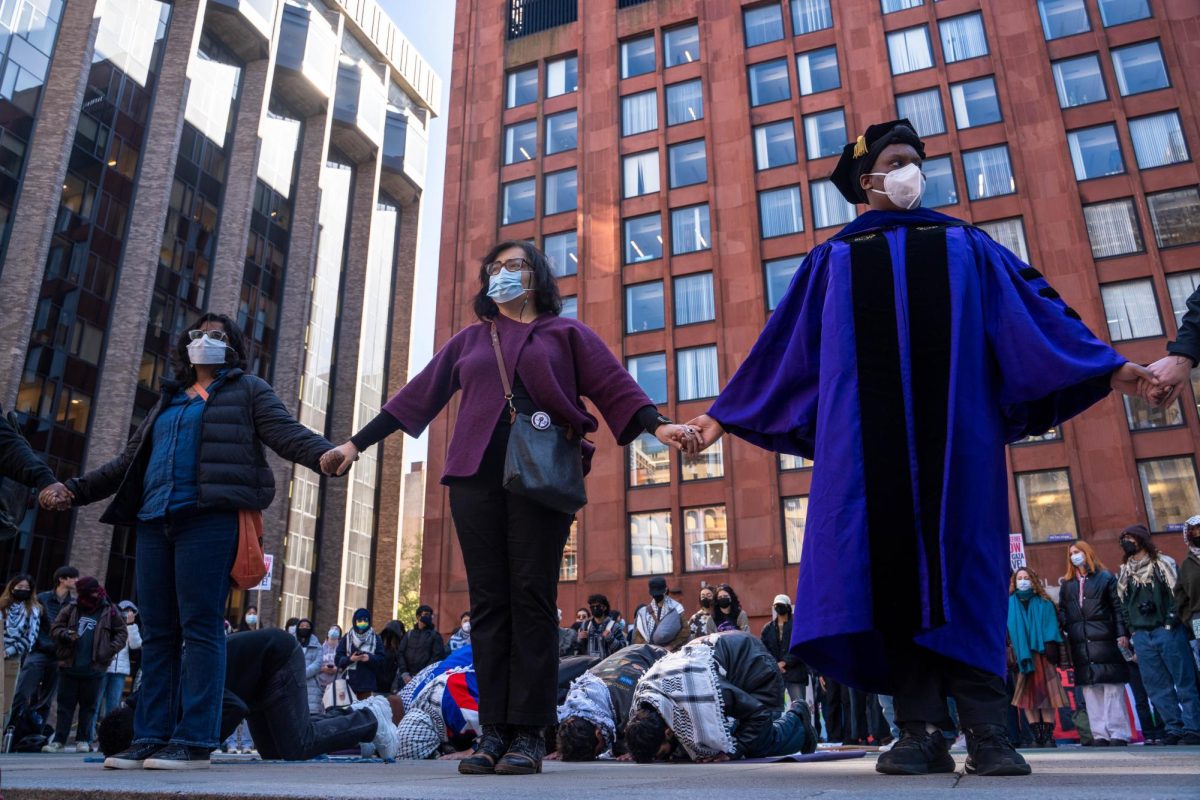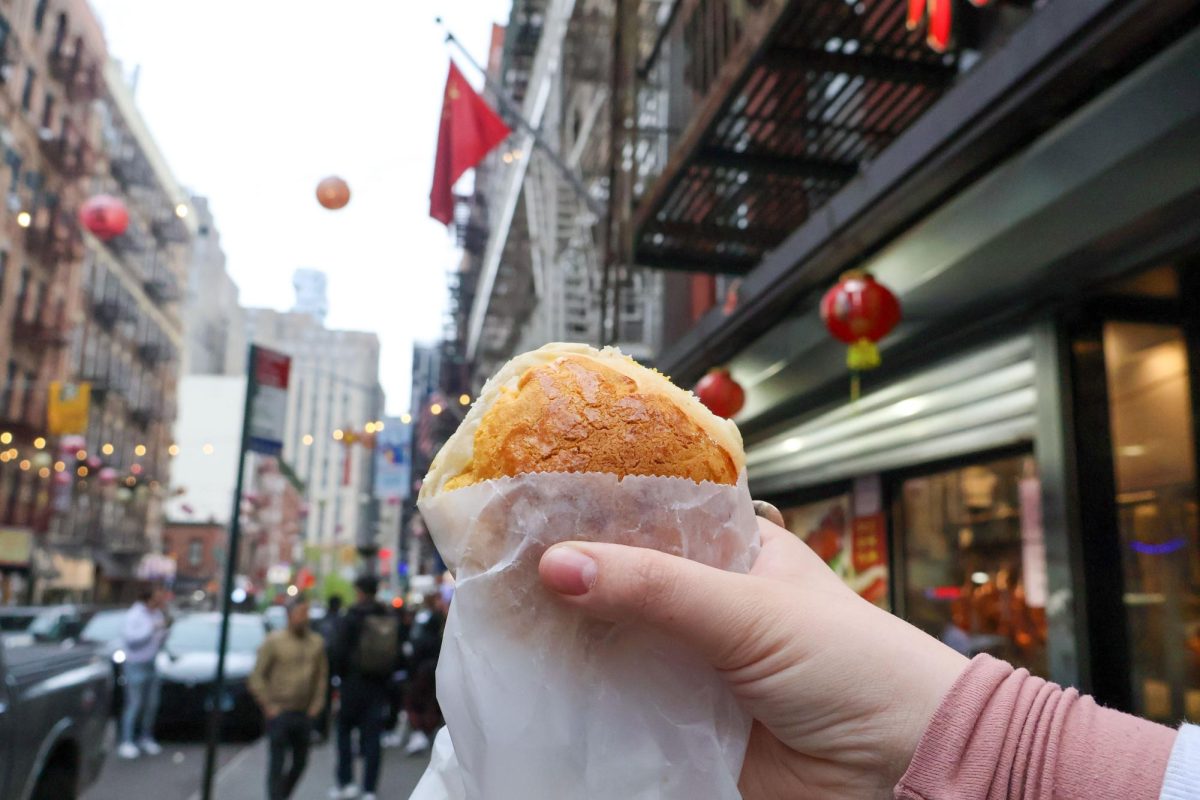Slow down and resist fast fashion
TikTok keeps telling me to buy more clothes. The planet is begging me to stop.
Fast fashion is a term used to refer to the accelerated process of producing and buying clothing items. Social media has contributed to keeping this environmentally harmful practice alive. (Illustration by Jae Jin)
March 3, 2022
As an infrequent user of social media, I dedicate one evening a week to a guilty pleasure: mindlessly scrolling through TikTok. Recently, a video claiming to predict spring and summer 2022 fashion trends popped up on my For You Page. To my dismay, low-rise jeans, ballet flats, sweetheart necklines and flared sleeves are supposed to be making a comeback this season — all things that I do not currently have in my wardrobe.
The more I scrolled, the more “Zara spring hauls,” “Where I shop” and “Get ready with me” videos popped up, with users spending hundreds or even thousands of dollars on new, trendy clothes from affordable online shops. My instincts told me to screenshot, save the videos, and open my Zara or Shein app to search for everything I’d just seen, add it to my basket and check out.
I thought I was the only one who struggled with the urge to overshop. However, during class, I began to notice more and more of my classmates scrolling through endless pages of clothes on Shein or Fashion Nova. We are all after the same thing: the feeling of luxury without the price tag. As glad as I am to know that I’m not the only one struggling to keep up with the latest fashion trends, where do we draw the line?
Rather than filling all my closet space and draining my bank account, I decided to look into what’s actually going on behind the scenes in the fast fashion industry. Many fast fashion brands have been exposed over and over again for exploiting their laborers, abusing lax environmental standards and polluting the environment. On average, it takes two to eight weeks for fast fashion brands to go from the initial design to the shop floor, compared to luxury brands that can take up to two years to release new designs. Online stores such as Pretty Little Thing, Boohoo and ASOS add up to 7,000 new pieces to their websites every week. Online brands like these flourished during the pandemic because their digital operations were relatively unaffected, unlike brands that rely on the in-person shopping experience.
As social media trends like huge fast fashion hauls and the rapid cycle of hyperspecific fashion trends continue to dominate pop culture, they perpetuate a mindset of wasteful consumption. The high platform shoes we scramble to buy today could be old news by next year — trends that quickly fall out of favor on social media end up with garments discarded in landfills.
According to the Environmental Protection Agency, Americans generate an average of 17 million tons of textile waste annually, only 2.5 million tons of which gets recycled. Landfills release harmful methane gases that damage the environment and contaminate water sources. The fashion industry contributes to 4% of Earth’s greenhouse gas emissions and is the second-largest consumer of water. On average, it takes a whopping 2,000 gallons of water to produce just one pair of jeans. There are no environmental upsides.
In response to the harmful effects of fast fashion, there have been pushes for sustainable fashion or eco-fashion that tries to make fashion more carbon neutral, socially responsible, or ethically produced with sustainable resources.
As environmentally conscious, fashion-forward students on a budget, there is a balance to be found between fast, affordable fashion and sustainable fashion. In today’s world, we have to think less about what’s trending and our desire to have as many clothes for as little as possible and more about keeping our planet alive for future generations to come. Environmental consciousness is not just about recycling plastic and cans, but clothes as well.
In a huge city like New York, it’s easy to find thrift shops such as Goodwill that are as affordable as H&M or Fashion Nova. Thrifting and reselling clothes are good ways to be environmentally conscious and save clothes that would otherwise be discarded in landfills. Online marketplaces like Depop and Facebook Marketplace make trading and selling clothes easy and affordable.
I know that it’s not easy to scroll past those “How to dress like that celebrity for cheap” videos, and thrifting may not be as exciting as a Zara sale. However, for the planet’s sake, make the choice not to participate in fast fashion culture. What works best for me is buying clothes from thrift stores and only buying fast fashion as a last resort. Trading clothes among friends and family is also another way to prevent clothes from going into landfills. Every article of clothing makes an impact. Let yours make a good one.
Contact Mika Chipana at [email protected].













































































































































